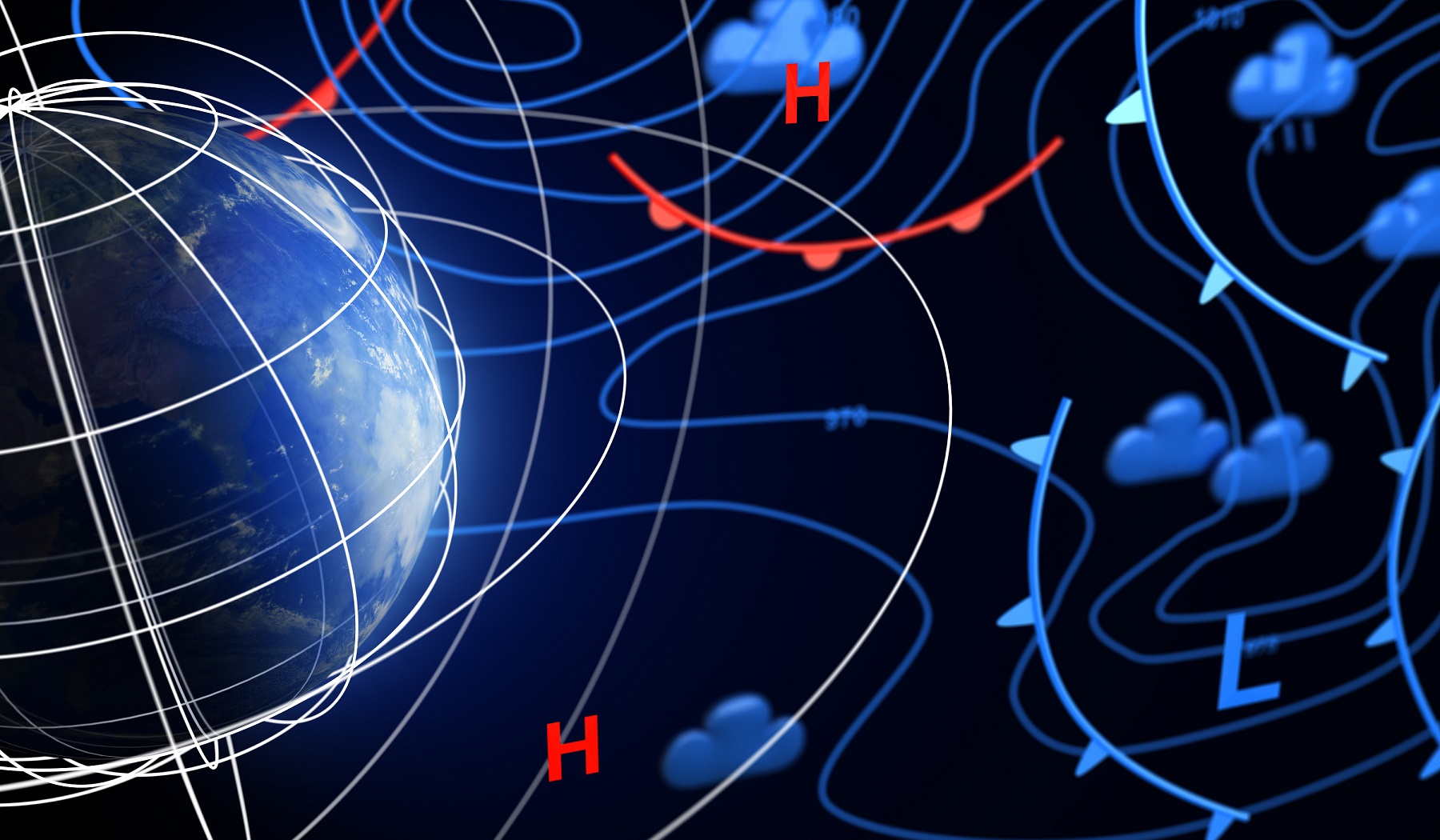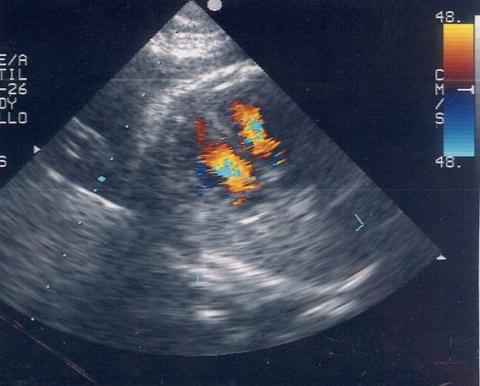Reaction to two methods using artificial intelligence techniques to forecast the weather
Two studies published in the journal Nature use artificial intelligence (AI) to try to predict the weather. One system, trained on nearly 40 years of global weather data, is capable of predicting global weather patterns up to a week in advance. The second, called NowcastNet, combines physics rules and deep learning for immediate prediction of precipitation, including extreme precipitation.

Adobe Stock.
Robert Monjo - IA tiempo
Robert Monjo
Director of Research and Innovation at the Foundation for Climate Research and Associate Professor in the Department of Algebra, Geometry and Topology at the Complutense University of Madrid (UCM).
The works confirm the opening of new horizons for AI techniques used in operational forecasting. These cutting-edge ideas combine deep learning (from statistics observed in the past) with computational geometry (highly efficient computing structures) applied to the design of their algorithm architectures. La implementación de AI en predicción meteorológica en Europa se ha ido desarrollando en las últimas décadas y, con los recientes resultados de ambos trabajos, compiten directamente con los métodos tradicionales.
However, despite the undoubted advances, these types of techniques could present limitations in the adequate prediction of events that have never happened before. This point is critical especially in the current context of abrupt climate change (with oceanic warming never recorded before). To ensure the greatest success of deep learning, these techniques need to be combined with the dynamic equations of numerical weather prediction models. The combination of statistical and dynamical techniques is key to model uncertainty and reduce it through weightings according to the skill shown in each case.
He declares no conflict of interest with the authors of the research.
Kaifeng Bi et al.
- Research article
- Peer reviewed
Yuchen Zhang et al.
- Research article
- Peer reviewed



